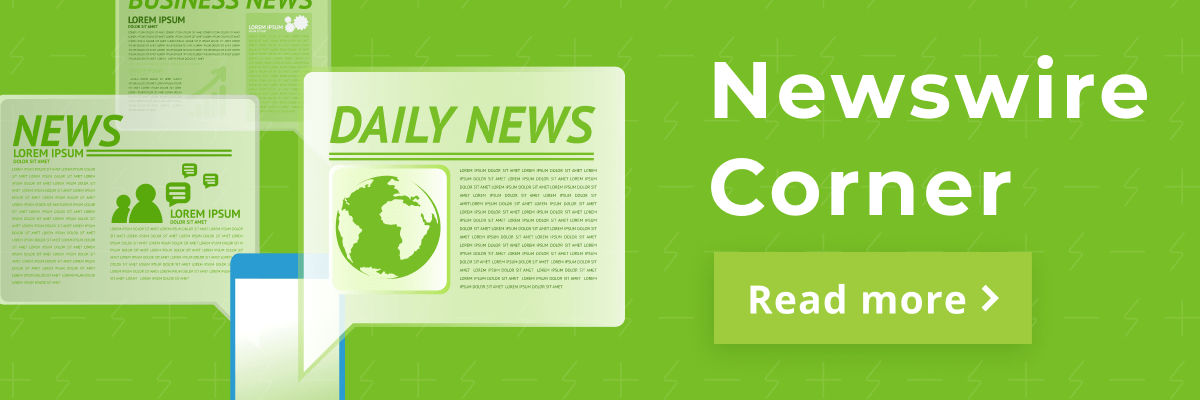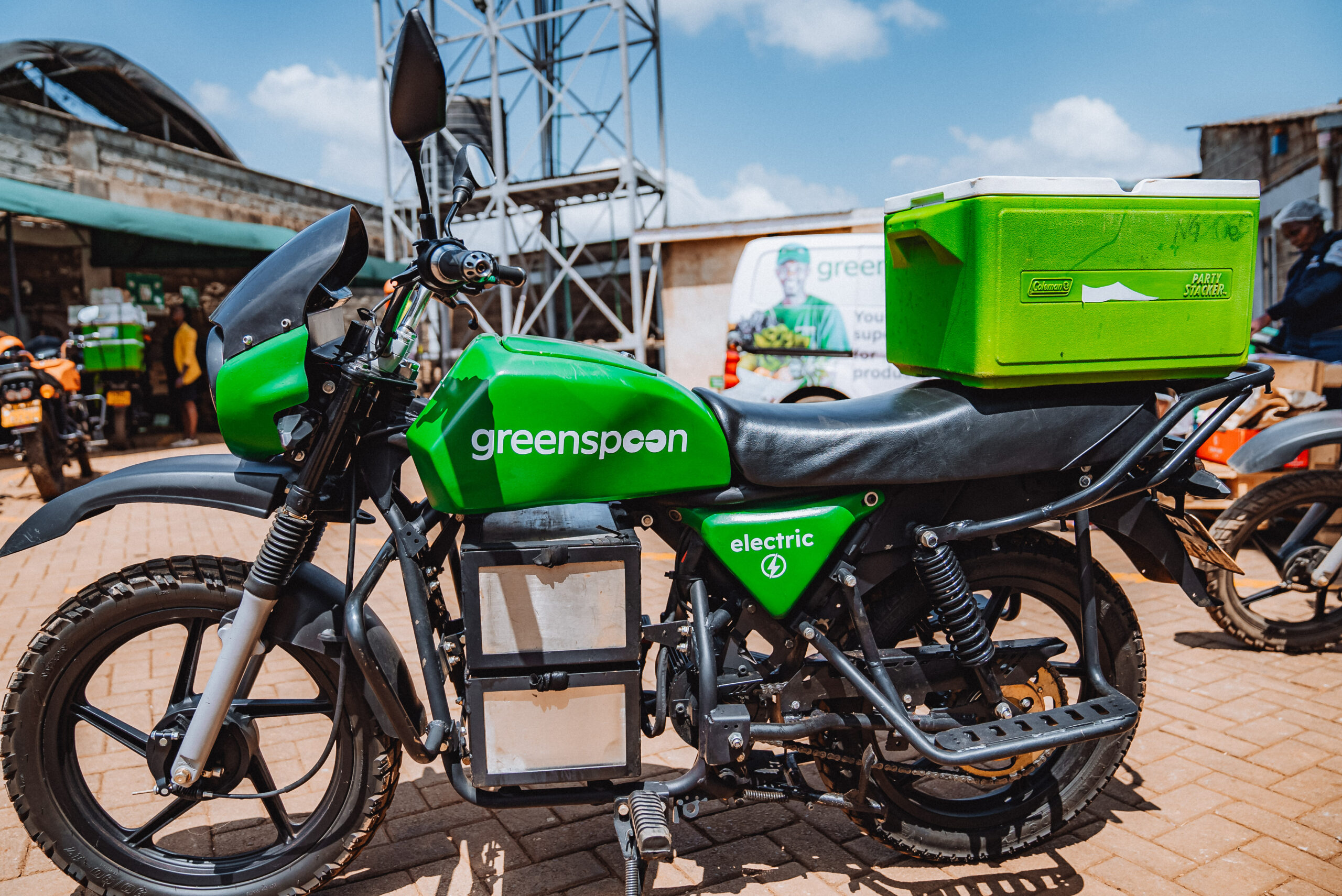Sign up for daily news updates from CleanTechnica on email. Or follow us on Google News!
Maritime shipping is a key player in the global energy transition but has been slow to adapt. As pressure ramps up, carriers are prioritizing solutions that drive emissions reductions today while setting them up for future success.
Taking Immediate Action to Reduce Maritime Emissions
The shipping industry’s monumental impact on global emissions means the planet has much to gain through its efficiencies. The UN International Maritime Organization’s (IMO) 2023 GHG Strategy currently calls for a reduction in the carbon intensity of international shipping by at least 40% on average by 2030; however, in 2022, emissions from international shipping grew by 5%, returning to 2017-2018 levels.
While adoption of longer-term decarbonization solutions like alternative fuels and propulsion is the end goal, the time pressure applied by the IMO’s targets combined with the ongoing climate crisis necessitates immediate action. Voyage optimization offers a powerful solution to improve efficiency, minimize fuel consumption, and reduce vessel emissions today.
Captains and shoreside operators use voyage optimization platforms to access route and speed guidance and stay on the most efficient path to port. The best platforms pay for themselves in time and fuel savings — but not all solutions are created equal.
Closing the Ocean Data Gap for Voyage Optimization
One of the biggest barriers to effective voyage optimization is a lack of real-time ocean data. Climate change is exacerbating this data gap; as the ocean warms and sea levels rise, the ocean is becoming an increasingly unpredictable environment for voyages. But the tides are slowly turning.
At Sofar, our mission is to close the ocean data gap and power a more sustainable future. To unlock ocean data at scale for science, society, and industry, we designed, built, and deployed the largest privately-owned network of ocean sensors, called Spotters. That’s 550+ basketball-sized, solar-powered buoys gathering and transmitting more than 1.5 million real-time observations of waves, sea surface temperature, and atmospheric pressure each day. Sofar’s team of ocean scientists assimilates these real-time observations into our proprietary operational marine weather forecasts. These forecasts — which already incorporate the best available weather data from satellites and other sources — outperform traditional government models by up to 50%.
Our voyage optimization platform, Wayfinder, leverages these superior weather forecasts to deliver optimized guidance to captains and operators. This helps vessels sail more efficiently and minimize fuel consumption and emissions, with companies recording an average of 4–6% fuel and emissions savings per voyage. The forecasts are used in combination with high-accuracy, ship-specific vessel performance models that predict vessel speed and fuel consumption under forecasted conditions. Wayfinder uses these performance insights to send captains route and RPM recommendations throughout a voyage. This guidance is updated dynamically as market, weather, and vessel conditions change; a key differentiator from the legacy “set it and forget it” strategies used by other providers. Whether a vessel is on a routine passage or diverting from a storm, Wayfinder keeps them on the safest, most efficient path to port.
Accelerating the Uptake of New Green Technology
Many shipping carriers, like Star Bulk, recognize the ROI in optimizing every voyage to enhance efficiency and reduce emissions.
Maritime shipping companies also use Wayfinder to measure the effectiveness and optimize the performance of new green technologies, like wind propulsion, as demonstrated by Berge Olympus. This helps carriers accelerate their adoption of capital-intensive decarbonization initiatives, which they can partially finance using the immediate-term savings generated by voyage optimization.
Shipping faces a major decarbonization challenge, but optimizing maritime operations offers an immediate solution that accelerates longer-term goals. Dynamic voyage optimization platforms, powered by highly accurate marine weather forecasts, are key to achieving these benefits. By leveraging advanced technologies and real-time ocean data, we can make shipping more efficient, cost-effective, and sustainable.
For more information on Sofar Ocean’s approach, click here.
By Amanda Roberts, Head of Marketing, Sofar Ocean
Have a tip for CleanTechnica? Want to advertise? Want to suggest a guest for our CleanTech Talk podcast? Contact us here.
Latest CleanTechnica.TV Videos
CleanTechnica uses affiliate links. See our policy here.
CleanTechnica’s Comment Policy




